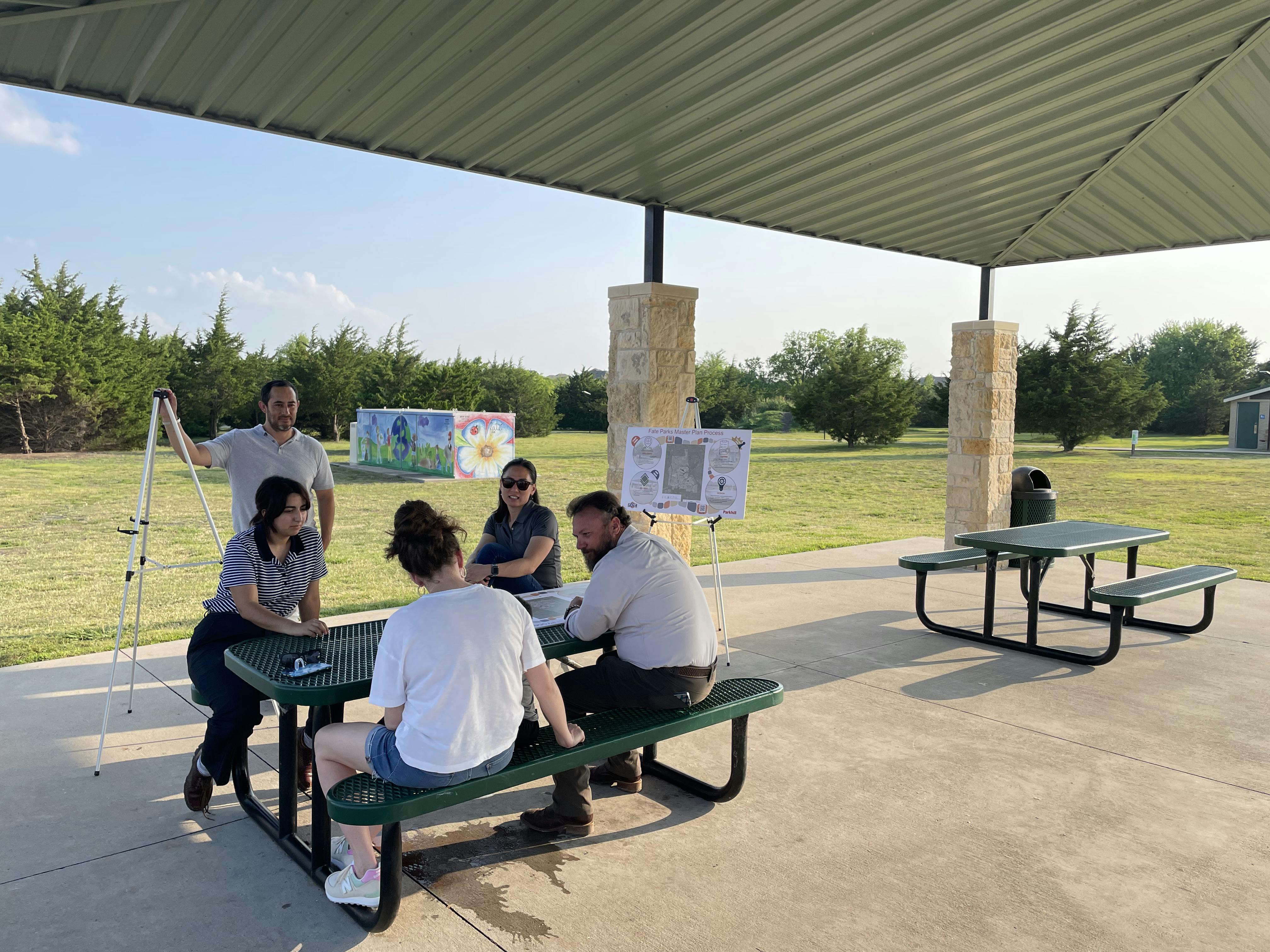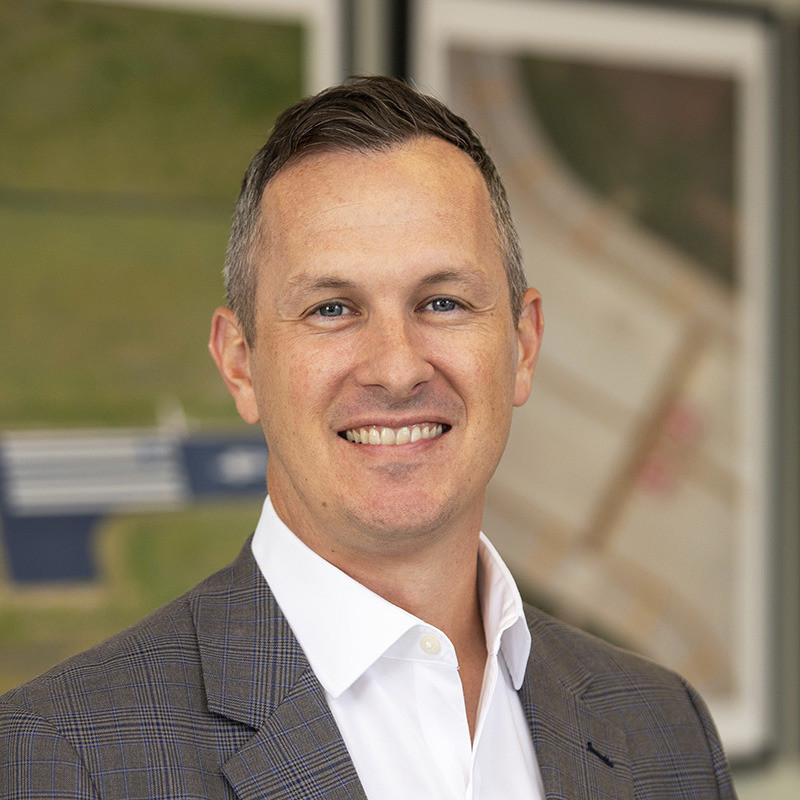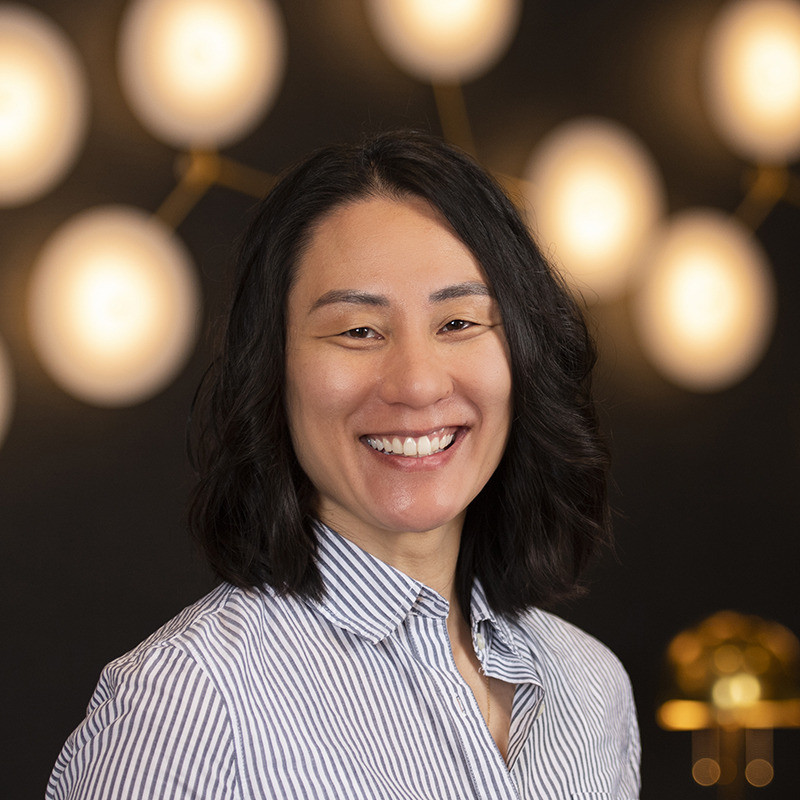Parkhill's Planning Team: Maximizing the Natural and Built Environment
Category: Planning
Written By: Nicole McBride
Date: October 3, 2022

 The Planning Team envisions resilient, sustainable communities. Through engagement and data-driven strategies, we utilize a multi-disciplinary approach to plan infrastructure, buildings, and the spaces between. The team includes a variety of backgrounds and expertise in architecture, landscape architecture, and planning.
The Planning Team envisions resilient, sustainable communities. Through engagement and data-driven strategies, we utilize a multi-disciplinary approach to plan infrastructure, buildings, and the spaces between. The team includes a variety of backgrounds and expertise in architecture, landscape architecture, and planning.
Sharing their ideas of the What, How, and Why of Parkhill’s Planning Practice are team members Director of Planning and Interiors Michael Howard, AIA, RLA, AICP, Julio Carrillo, AICP, LEED AP ND, and Xie Tracz, RLA.
How does comprehensive planning impact projects and resources of project design currently?
Comprehensive planning is an in-depth process that stems from community goals and development for communities both short-term and as they grow and change long-term. This includes the relationship between land use, transportation, infrastructure, economic development, and placemaking. Parkhill’s planning team uses analytics to create evidence-based decision-making, which gives clients a deeper understanding of outcomes during the planning process and of the long-term impact and sustainability.
 “With my personal experience as a planner,” Carrillo said, “I can draw the line that links planning with a design profession. In the design world, planning is everything that happens before schematic sketches are even started. In theory, a comprehensive planning approach, by definition, will impact every aspect of a project design at every phase.”
“With my personal experience as a planner,” Carrillo said, “I can draw the line that links planning with a design profession. In the design world, planning is everything that happens before schematic sketches are even started. In theory, a comprehensive planning approach, by definition, will impact every aspect of a project design at every phase.”
Tracz agreed that the comprehensive planning process is subjective.
“For me personally,” she said, “comprehensive planning, done well, should be considering all resources – both natural and built – for projects now and in the future. Project designs should theoretically utilize a comprehensive plan as a tool to drive informed designs.”
What examples of work does the Planning Practice do specifically in Building Community at Parkhill?
Parkhill’s mission of Building Community is at the center of all the firm’s work. Each firm practice has unique expertise that strengthens the foundation of this mission. The Planning Practice encourages multi-disciplinary collaboration across each firm practice, office location, and area Parkhill serves.
 “All our work examples have a purpose that links to a positive transformation of communities,” Carrillo said “We are all about inspiring communities to succeed, as well as impacting people’s lives in a meaningful way. Our Planning Practice is proud to understand WHAT we can do and HOW we support building communities, but we take a deep dive into the WHY we do this to understand the true purpose of the community transformation.”
“All our work examples have a purpose that links to a positive transformation of communities,” Carrillo said “We are all about inspiring communities to succeed, as well as impacting people’s lives in a meaningful way. Our Planning Practice is proud to understand WHAT we can do and HOW we support building communities, but we take a deep dive into the WHY we do this to understand the true purpose of the community transformation.”
What role does the Planning Team have in the recent creation and application of the platform Parkhill PLACES?
Parkhill PLACES is a platform unique to Parkhill that was created to encourage collaboration across all the firm’s offices, disciplines, and practices. Each letter of PLACES represents a role within the firm – Planning and Interiors, Landscape Architecture, Architecture, Civil Engineering, Engineering including MEP and Structural, and Sustainability and Support.
 “I would say this platform was created to spark multi-disciplinary collaboration by conversation and storytelling,” Carrillo said. “By nature, our Planning Practice is multi-disciplinary, and we are proud to be leading this encouraging effort. Within Parkhill PLACES, we are also encouraged to approach every project from different perspectives and lenses.
“I would say this platform was created to spark multi-disciplinary collaboration by conversation and storytelling,” Carrillo said. “By nature, our Planning Practice is multi-disciplinary, and we are proud to be leading this encouraging effort. Within Parkhill PLACES, we are also encouraged to approach every project from different perspectives and lenses.
“Since our group has engineers, landscape architects, interior designers, planners, and architects, these different perspectives occur naturally. Parkhill PLACES is also creating an avenue for sharing knowledge and resources between different market sectors. We feel we are absolutely refining and improving the HOW in our project delivery approach.”
How does planning benefit the future of communities?
“Community planning will continue to be challenged by rapidly changing social and economic structures,” Howard said. “We can meet these challenges by focusing on metrics that impact sustainability, financial resiliency, and human wellness.”
Building Community strives to create a sustainable future for communities as well as enduring relationships with those communities. Long-term connections signal success in projects as well as with the people Parkhill serves in times of growth and coming together in times of need.
“Our planning practice is all about the future of communities,” Carrillo said. “We like to think we solve everything when we do appropriate planning and ‘thinking ahead of the future.’ All that is true, but I’d also like to think that the key to solving most issues a community faces is in decoding how systems work and understanding the connections and interrelatedness between these systems.
“A good example of this is when COVID hit. This was a disruption on the Health System that had devastating implications on the Economic System. The balance and harmony of this correlation and all other interconnected issues in a community usually work together in unison to make a successful environment.”
 How does PLANNING2050 fit into the future of the planning practice?
How does PLANNING2050 fit into the future of the planning practice?
PLANNING2050 is a long-term vision to transform the next generation of the planning practice. The goal is to improve critical systems to be carbon-neutral, resilient, and equitable by 2050.
The initiative started taking shape in early 2022 and is supported by five nationally-recognized organizations — the American Planning Association, American Institute of Architects, Congress for the New Urbanism, Institute for Sustainable Infrastructure, U.S. Green Building Council, and International Society of City and Regional Planners.
"The initiative is creating a bridge where professionals transforming the built and natural environments can collaborate and discuss strategies for success," Julio said. "Behind these organizations, there are valuable perspectives and professions such as civil engineers, architects, urban designers, planners, landscape architects, scientists, economists, and more."


